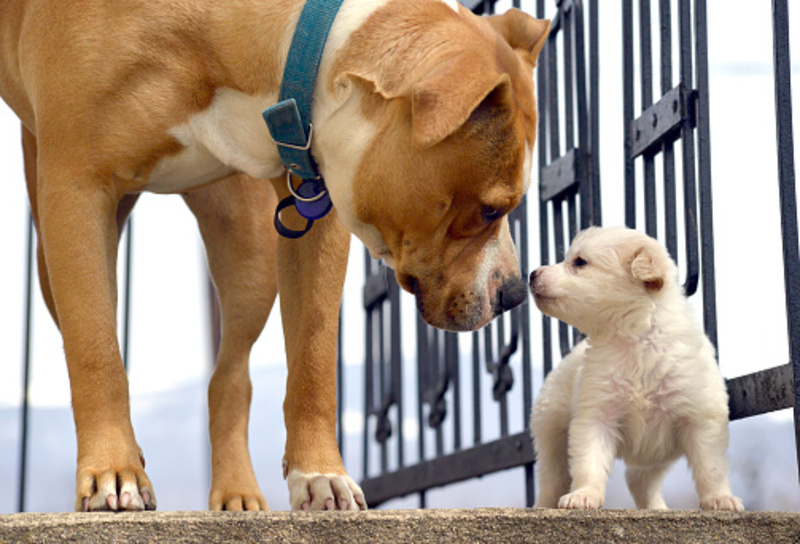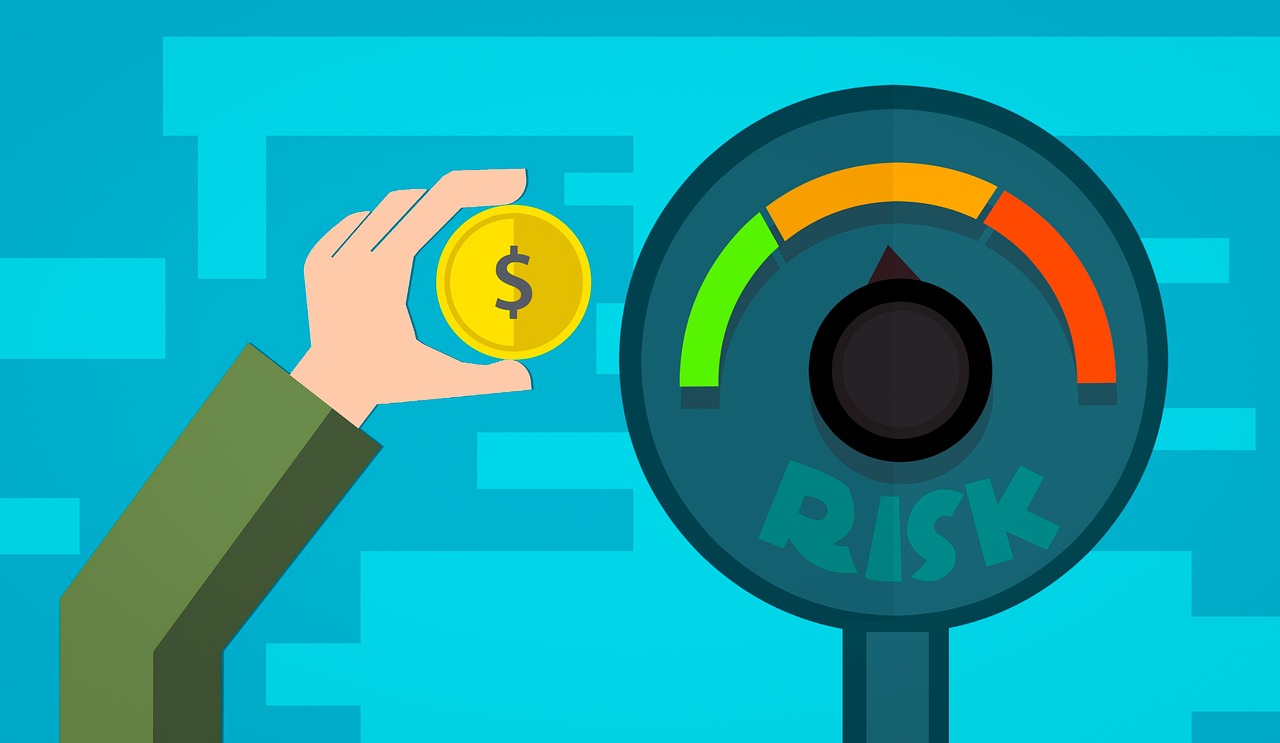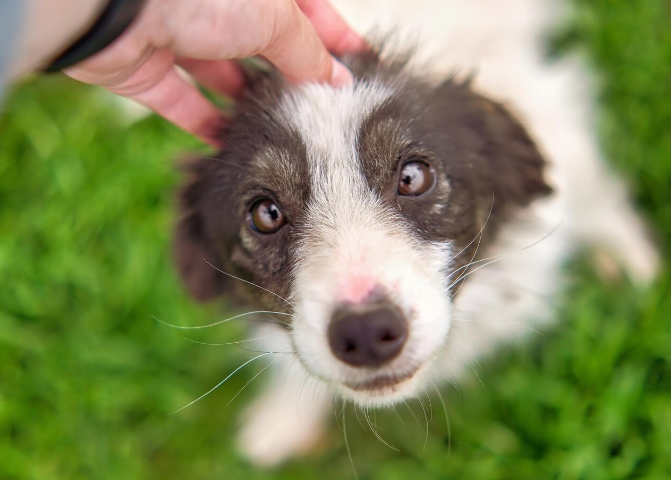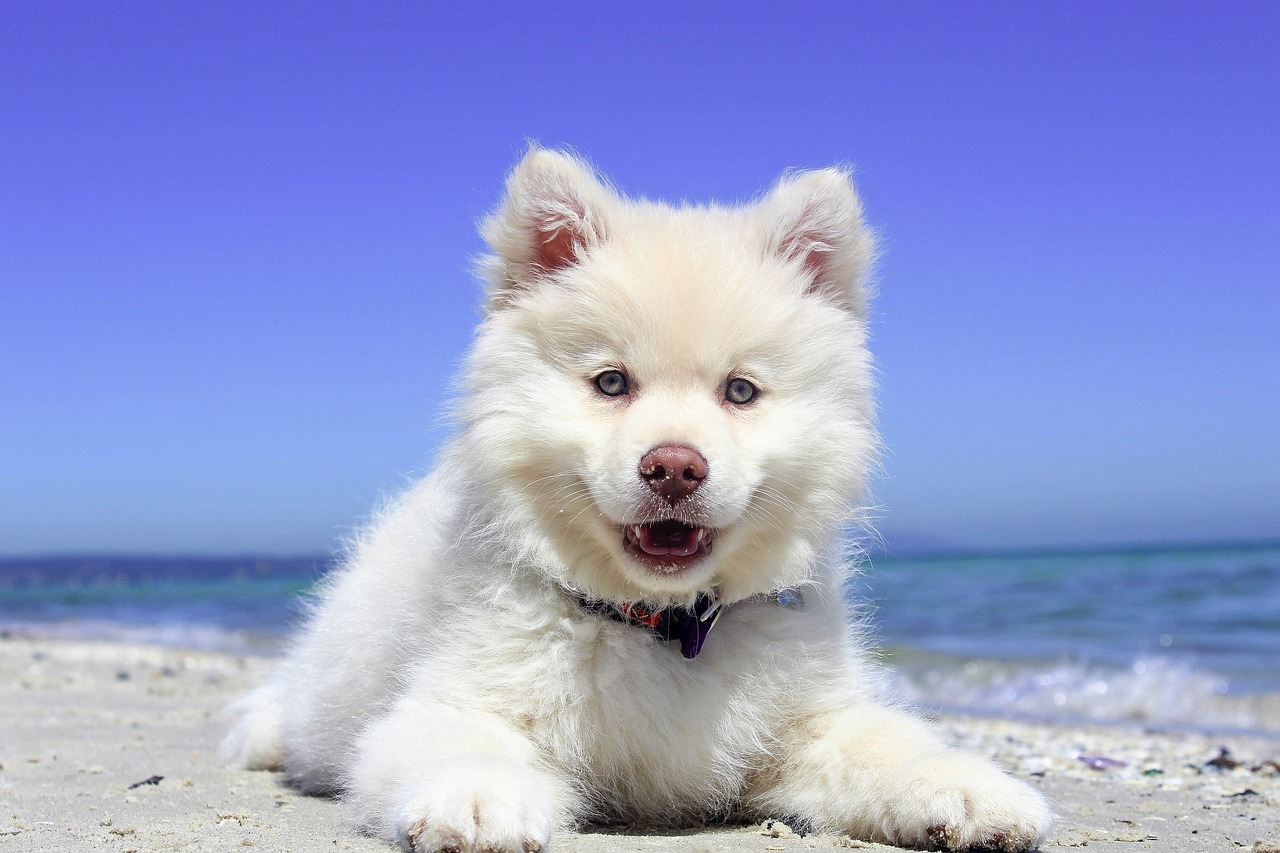
One of the favorite parts of the interaction with our paw friends is the moment when they look at us with big loving eyes, gently tilting their heads. What do they think-are they really listening to what we are telling them? Do they do it out of habit, or it might be a sign of a medical issue?
What does it actually mean, when our dog tilts his/her head? We will take a look at this interesting behavior that dogs often exhibit, so if you want to learn more about it, just keep reading.
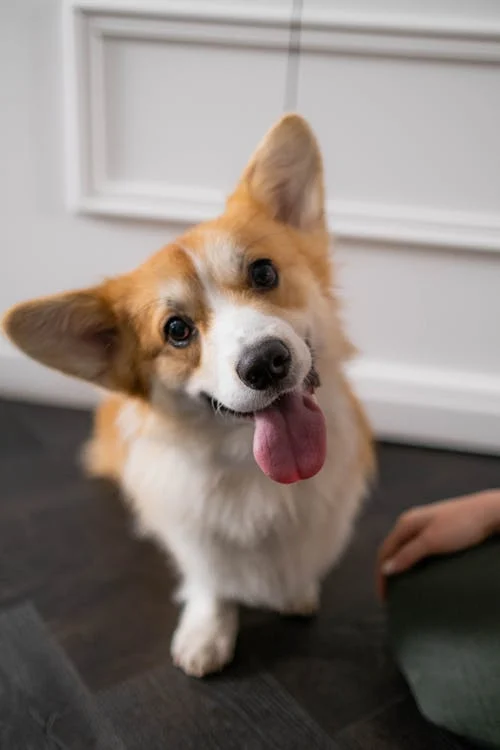
Dog Hearing
We all know what a great sense of smell dogs have. They have approximately 300 million olfactory receptors, which exceeds the number of our smell detecting cells about 40 times. Also, the part of the dog's brain engaged in recognizing smells is much greater than ours.
But do dogs have also better hearing than ours? Yes, their hearing skills exceed ours, as they are able to detect frequencies that humans can not. However, we do exceed them in one aspect-people with normal hearing function, are able to detect sounds regardless of what direction it comes from. In other words, we do not have to specifically turn towards the sound’s direction to be able to pick it up. This can be attributed to the design of our external ear.
A dog’s outer ear consists of the so-called “pinna” which is actually the ear flap. Based on their direction dog ears can be prick or floppy. The main purpose of the ear flap is to direct the sound into the ear canal, which is much longer and narrow than the ear canal in humans. Since the ear flap covers the ear canal (partially or fully) canines need to change their position, so that they turn to the sound’s direction, and be able to pick it up. Based on the breed, thus the ear structure, canines may need to deal with different challenges, i.e. the ear flaps of the Cocker Spaniels cover the ear canal completely. This leads to a heavy obstruction of the sound transmission, regardless of the direction it comes from. In order to be able to better perceive sounds, canines are likely to switch the position of the ear flaps (their ears perk up), and tilt their heads towards the sound’s direction. The ability of dogs to move their ear flaps also helps them evaluate the distance that the sound comes from. This process is based on the different times the sound needs to reach the right and the left ear.
In general, we could say that tilting their heads and moving their ear flaps are common behaviors that dogs exhibit, when they need to evaluate both the direction of the sound and the distance to the source.
Dog Vision
You may have never thought about that fact, but dog muzzles interfere with their ability to see well. The longer the muzzle is, the more frequently the dog is likely to cock his/her head to get a good view of the surroundings or determine what their owner is trying to tell them. Hence, breeds with short muzzles such as the Pugs and the Bulldogs are less likely to tilt their heads to improve their vision field.

Type of Communication
When we interact with our paw friends, we may notice that they are staring at us and listening to what we are saying very carefully-just like a child receiving an invaluable lesson from its parents. The part of the dog’s brain controlling the movements of the head, also controls the middle ear, where the sound moves through to reach the inner ear and then the brain. When dogs tilt their heads towards us, while we are interacting with them, they are likely to show us that they are actively engaged in the process and want it to continue. This is especially valid for canines strongly attached to their humans.
However, dogs tilt their heads not only to “listen carefully” to what we are saying, but also to perceive how we are saying it. Do we talk in a calm, friendly, and happy manner, or do we appear angry? What do our facial expression and body language show? The non-verbal information we provide while communicating with our paw friends is as important for them as our tone and voice. This is why it is always recommended that you remain calm and use a friendly and happy voice when talking to your dog. That way you will stimulate his/her interest in your interactions and will let him/her know that it will bring him/her positive experience.
Also, we should never forget that our paw friends can sense how we feel and respond to behavioral changes when they detect them. It is assumed that some dogs have the innate ability to recognize how their owner feels and exhibits a certain type of behavior. This feature used to be one of the most important characteristics of service dogs in the past. It does still play a significant role. However, over time trainers have developed training techniques to properly address the behavior that dogs show as a response to the behavioral changes they detect in their owners. Canines can even be trained to respond to chemical processes starting in their owner’s body, even before any physical signs occur, i.e. detecting high/low blood sugar, oncoming seizure, heart attack...etc. The stronger the bond to their owner is, the more empathy the dog is likely to exhibit towards them. Hence, tilting their heads could be perceived as a communication tool that dogs use to tell their owner something, i.e. “You are stressed, you need to sit down for a minute”.
Medical Issue
If your dog tilts his/her head occasionally, there is no need to worry. However, if you notice that he/she shows this behavior or shakes his/her head quite often, you may need to contact a veterinarian. Ear-related illnesses, as well as vertigo, may lead to head tilting. If you suspect that your canine may have an underlying health condition, you should monitor him/her to recognize if there are any changes in his/her appetite, energy level, or general appearance. If your canine is fatigued, lethargic, has lost appetite, has irregular sleep or otherwise has changed his/her standard routine, you should schedule an appointment immediately.
Do We Reinforce This Behavior?
We may accidentally reinforce this type of behavior by kindly smiling at our paw friend, petting him/her, giving him/her treats/toys, or otherwise encouraging him/her to keep exhibiting it. If you would like your dog to continue tilting his/her head, you can encourage him/her by clicking a clicker, to mark the behavior, and rewarding him/her with his/her favorite treats and/or toys.




